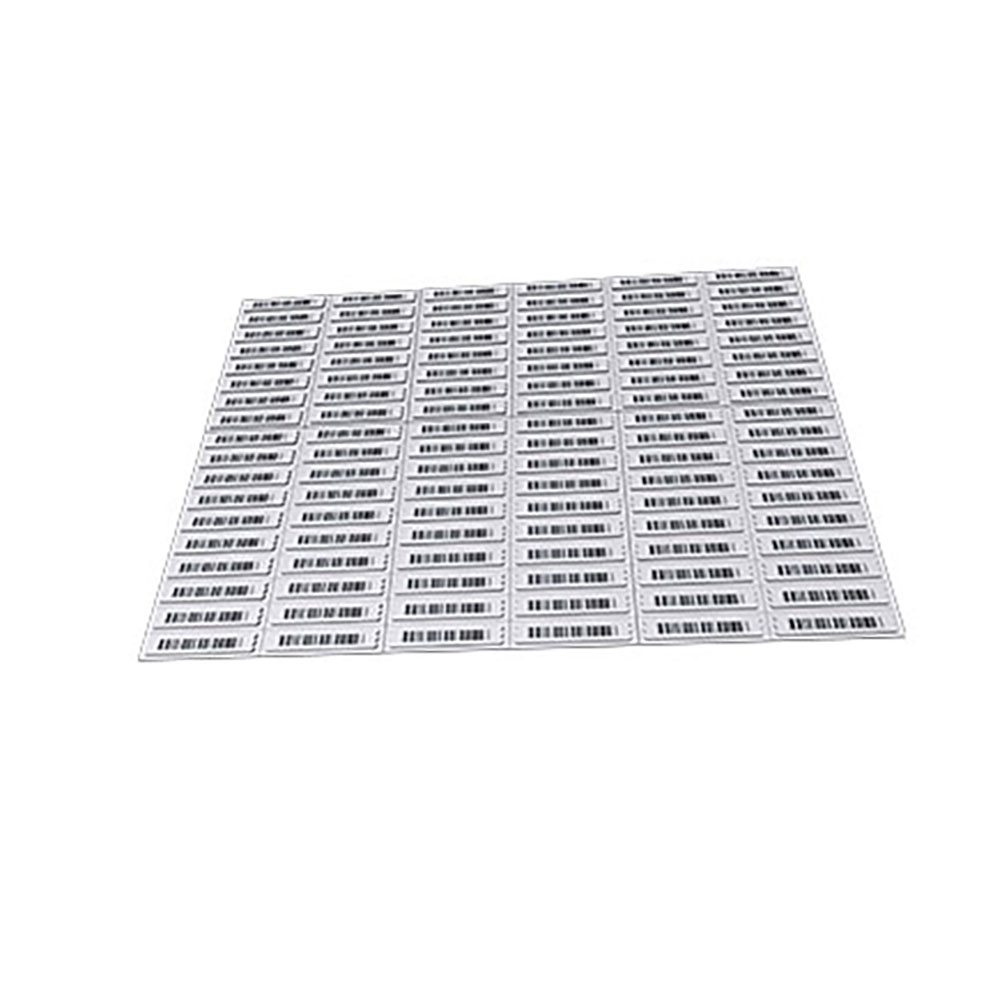- English
- Español
- Português
- русский
- Français
- 日本語
- Deutsch
- tiếng Việt
- Italiano
- Nederlands
- ภาษาไทย
- Polski
- 한국어
- Svenska
- magyar
- Malay
- বাংলা ভাষার
- Dansk
- Suomi
- हिन्दी
- Pilipino
- Türkçe
- Gaeilge
- العربية
- Indonesia
- Norsk
- تمل
- český
- ελληνικά
- український
- Javanese
- فارسی
- தமிழ்
- తెలుగు
- नेपाली
- Burmese
- български
- ລາວ
- Latine
- Қазақша
- Euskal
- Azərbaycan
- Slovenský jazyk
- Македонски
- Lietuvos
- Eesti Keel
- Română
- Slovenski
- मराठी
- Srpski језик
How to choose anti-theft Systems
2024-01-05
Electronic article surveillance systems (EAS) come in a variety of forms and deployment sizes to meet specific business security needs. Here are eight factors to consider when choosing an EAS system for your retail environment:
1.Detection rate
The detection rate refers to the average detection rate of non-degaussed tags in all directions in the monitoring area. It is a good performance indicator to measure the reliability of the EAS system. Low detection rates often also mean high false alarm rates. For the three most commonly used technologies in EAS systems, the benchmark average detection rate of the most recent acoustomagnetic technology is above 95%, that of radio frequency systems is 60-80%, and that of electromagnetic systems is 50-70%.
2. False alarm rate
Tags from different EAS systems often cause false alarms. Labels that have not been properly degaussed can also cause false alarms. A high rate of false alarms can make it difficult for employees to Intervening to prevent incidents will cause conflicts between customers and stores. Although false alarms cannot be completely ruled out, the false alarm rate is also a good indicator of system performance.
3. Anti-interference ability
Interference will cause the system to automatically issue an alarm or reduce the detection rate of the device, and the alarm or non-alarm has nothing to do with the anti-theft tag. This may occur during a power outage or excessive ambient noise. RF systems are particularly susceptible to this type of environmental interference. Electromagnetic systems are also susceptible to environmental interference, Especially the interference of magnetic field. However, because the acoustomagnetic EAS system is computer-controlled and uses unique resonance technology, it has poor response to environmental interference.
Extremely strong resistance.
4. Shielding
The shielding effect of metal will interfere with the detection of security tags. This effect includes items that use metal, such as foil-wrapped food, cigarettes, cosmetics, medications, and metal products such as batteries, CD/DVDs, hair products, and hardware tools. Even metal shopping carts and baskets can block security systems. RF systems are particularly susceptible to shielding, and large metal objects can also affect electromagnetic systems. Because the acoustomagnetic EAS system uses low-frequency magneto-elastic coupling, it is generally only affected by all-metal products, such as cookers, and is very safe for most other products.
5, Strict security and smooth flow of people
A robust EAS system needs to consider store security needs and retail traffic requirements. An overly sensitive system will affect shopping mood, while an insufficiently sensitive system will reduce the profitability of the store.

6, Protect different types of goods
Retail goods can generally be divided into two categories. One category is soft goods, such as clothing, footwear and textile goods, which can be protected by EAS hard tags that can be reused. The other category is hard goods, such as cosmetics, food and shampoo, which can be protected by EAS disposable soft labels.
7, EAS soft labels and hard labels - the key is applicability
EAS soft and hard tags are an integral part of any EAS system, and the performance of the entire security system also depends on the correct and appropriate use of tags.
It is important to note that some labels are easily damaged by moisture and some cannot be bent. Additionally, some labels can be easily hidden within a box of merchandise, while others interfere with the packaging of the merchandise.
8, EAS nail remover and degausser
In the entire security process, the reliability and convenience of EAS nail removers and degaussers are also an important factor. The advanced EAS degausser uses non-contact degaussing to maximize checkout efficiency and speed up the checkout aisle.




